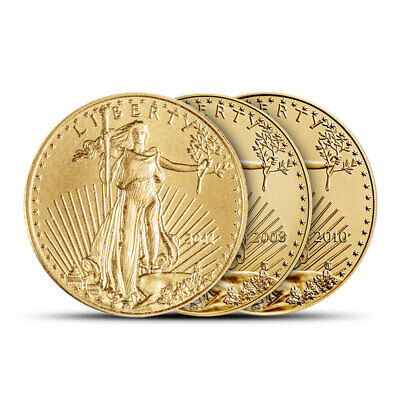Understanding how inflation impacts the prices of precious metals, especially gold, is crucial for an investor. Gold has long been viewed as a hedge against inflation, making it a popular choice for those looking to preserve their wealth in uncertain economic times. This article explores the relationship between inflation and gold prices while also touching on the role of silver as a store of value.

The Historic Role of Gold and Silver as Stores of Value
For thousands of years, gold and silver have been used as stores of value. Their intrinsic properties, such as durability and divisibility, have made them reliable mediums of exchange and stores of wealth. Investors often turn to these precious metals in times of economic uncertainty.
Silver as a Long-Term Store of Value
Silver, like gold, is considered a long-term store of value. Its industrial uses and its role as a monetary metal contribute to its perception as a hedge against economic instability. Historically, silver has been used in coinage and as a standard for currency, reinforcing its status as a trusted store of value.
Inflation and Its Impact on Precious Metals
Inflation refers to the rate at which the general level of prices for goods and services rises, eroding purchasing power. As inflation increases, the purchasing power of currency declines.
How Inflation Affects the Price of Silver
When inflation rises, currency’s value decreases, leading investors to seek assets that preserve their purchasing power. Silver, a tangible asset with intrinsic value, often sees price increases during inflationary periods. This is because investors perceive silver as a hedge against the eroding value of currency.
Since precious metals like silver are priced globally in US dollars, dollar value fluctuations can significantly impact their prices. When the dollar weakens, silver prices typically rise, as it takes more dollars to purchase the same quantity of silver.
The Gold to Silver Ratio: A Historical Perspective
The gold-to-silver ratio is a metric that compares the relative value of gold and silver. Historically, this ratio has varied, reflecting changes in market dynamics and economic conditions. Before the seizure of gold in 1933, the ratio hovered around 16:1, meaning one ounce of gold was equivalent in value to 16 ounces of silver.
To understand the impact of inflation and currency devaluation, consider that 1933, a $20 gold coin, was equivalent to a $20 Federal Reserve Note. Today, that same $20 gold coin is worth over $2,700, illustrating the significant increase in gold’s value relative to fiat currency.
| Year | Gold Price (per ounce) | Silver Price (per ounce) | Gold to Silver Ratio |
|---|---|---|---|
| 1933 | $20.67 | $0.64 | 32:1 |
| 2023 | $1,800 | $25 | 72:1 |
You can visit the World Gold Council and The Silver Institute for more historical data on gold and silver prices.
Conclusion: Strategic Insights for Investors
Understanding the relationship between inflation and the prices of precious metals is essential for making informed investment decisions. Gold and silver have historically served as reliable hedges against inflation, maintaining their value when fiat currencies lose purchasing power.
As an investor, monitoring inflation trends and currency fluctuations can provide valuable insights into the potential future price movements of gold and silver. By incorporating these precious metals into your investment portfolio, you can mitigate risks associated with inflation and preserve your wealth over the long term.
For further reading on how inflation affects commodity prices, consider exploring resources from reputable financial institutions and market analysts.